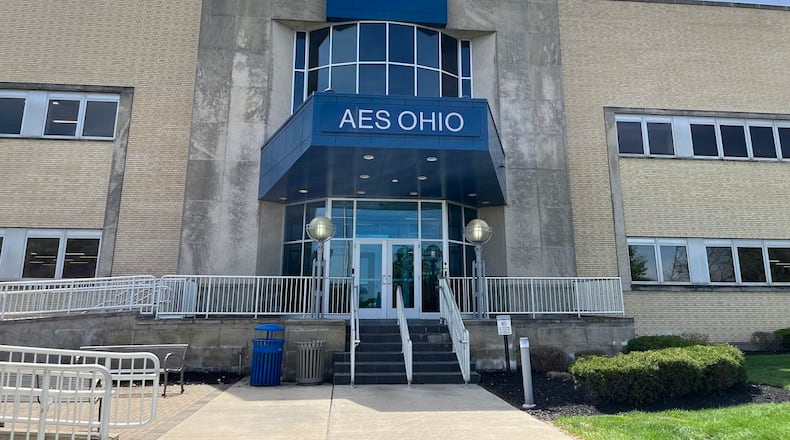If approved by PUCO as proposed in the plan, rates would increase for the average AES Ohio customer by approximately 3% or less each year for three years, beginning in 2027, according to AES Ohio spokeswoman Mary Ann Kabel.
HB15 allows utility companies to file their multi-year rate plans using fully forecasted data describing the investments necessary to strengthen and modernize infrastructure and expand support for customers.
This differs from the previous process, which involved assessing data from the past to determine future rate increases.
“By setting amounts in advance, customers can plan their annual budgets with greater confidence,” said Tom Raga, president of AES Ohio. “We will continue to support those in need by maintaining and expanding assistance programs for customers facing financial hardship.”
Officials with the Ohio Consumers’ Counsel (OCC), an agency that was created in 1976 to advocate for residential utility consumers in matters related to their regulated utilities, said they’re reviewing AES Ohio’s proposed multi-year reliability plan to confirm the request is “fully justified” and supported by the data.
“This will be the first test of Ohio’s new rate-case law,” said Counsel Maureen Willis. “Our job is to ensure the process is transparent, data-driven, and keeps affordability at the heart of every decision. Consumers deserve no less.”
August settlement
The case for the proposed “multi-year reliability plan” comes before PUCO just days after the regulatory board approved a 9% rate increase for AES Ohio customers using 1,000 kilowatt-hours of energy each month.
The increase, which will go into effect in 2026 and will affect all Dayton-area customers, was the result of a settlement between AES Ohio and representatives of residential, commercial, industrial, and government interests.
The utility first applied for the higher rates last November, first seeking a more than 14% base rate increase for customers using a certain amount of electricity.
The OCC said last week that the settlement reduced AES Ohio’s original request by nearly $70 million and removed a $25 reconnection fee.
Kabel said AES Ohio’s this rate increase request, submitted prior to the January 2025 introduction of House Bill 15, was based on data from years 2020 through 2024.
Damage sustained to AES Ohio infrastructure from significant weather events during this time was a major factor in the request, Kabel said.
Many customers are weary of increased utility costs. In recent months, both AES Ohio and natural gas provider CenterPoint Energy have simultaneously sought to hike rates.
“I think we need to consider people over profit,” DaQuawna Dunnican, a Dayton resident, told PUCO representatives in an August public hearing ahead of the settlement approval.
The company has invested $1 million into its “Gift of Power” program meant to help those who are struggling to pay electric bills, Kabel said this week.
AES Ohio has some 539,000 customers in a 24-county area of West Central Ohio.
About the Author

